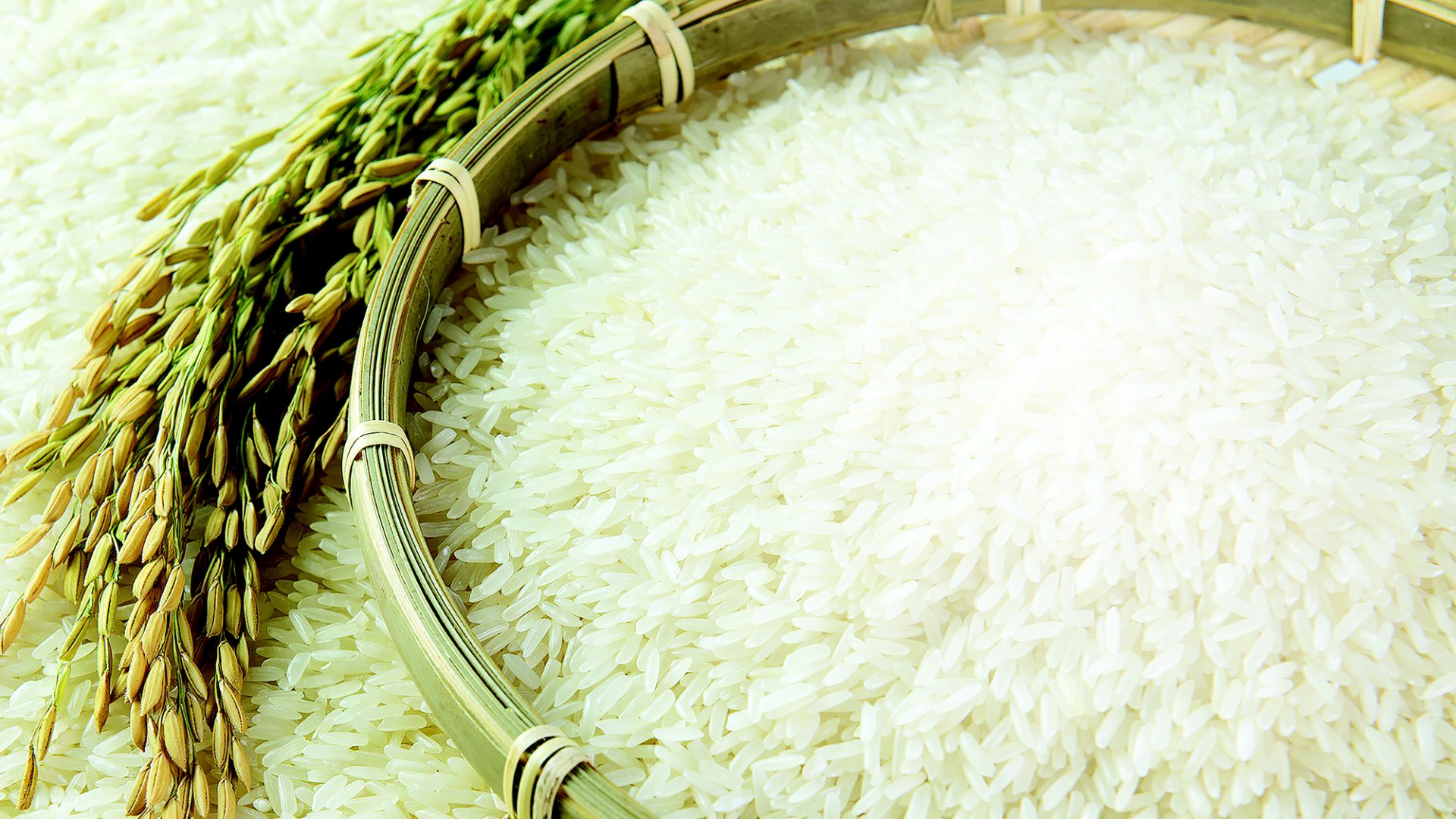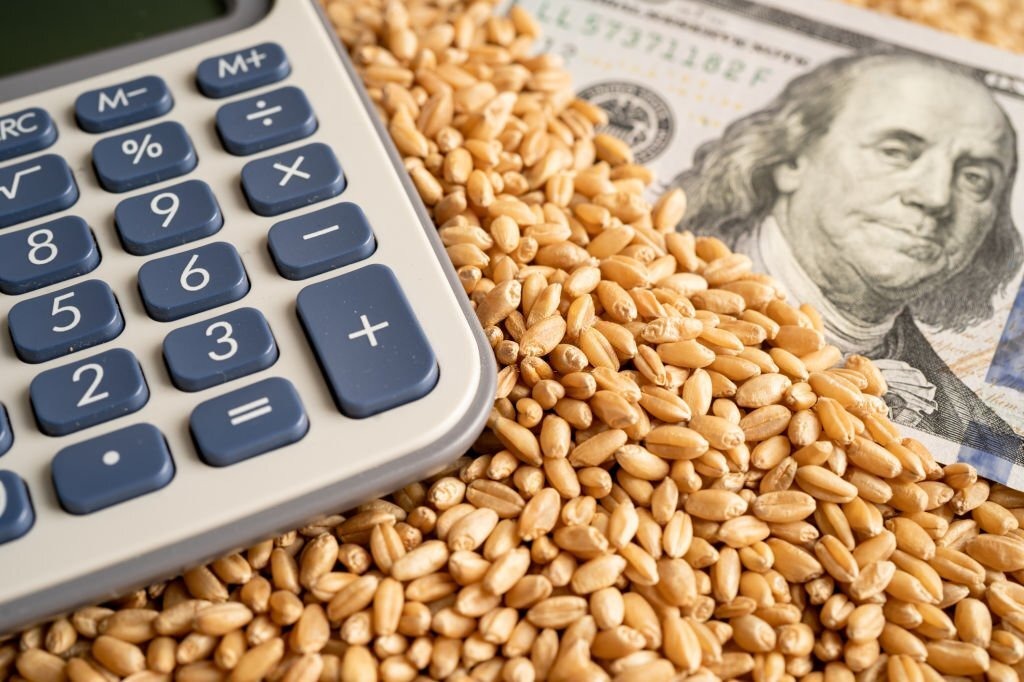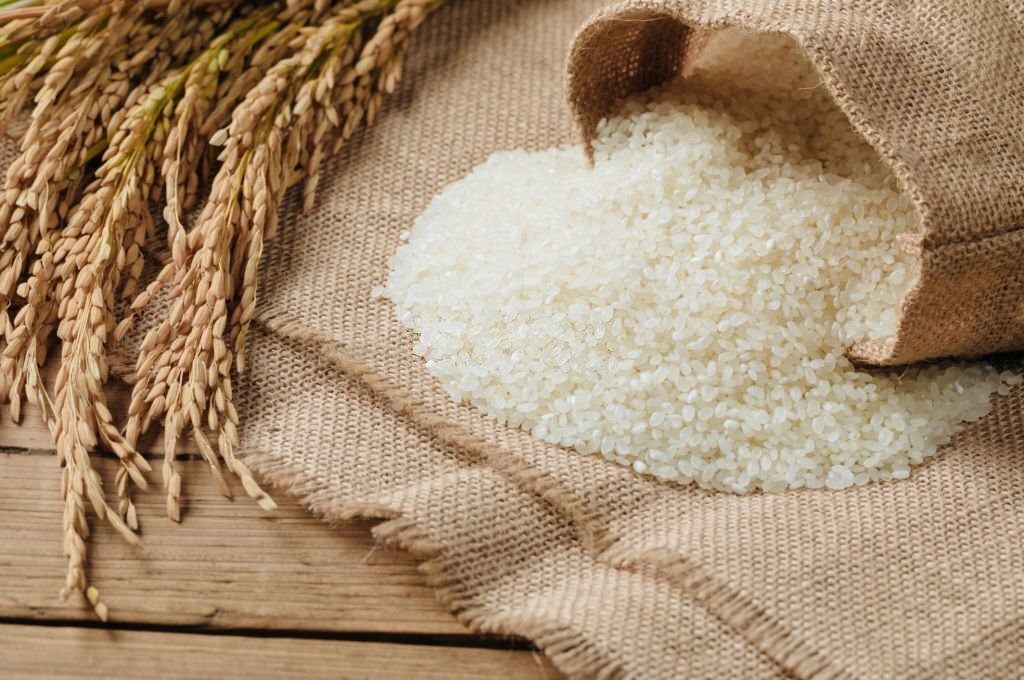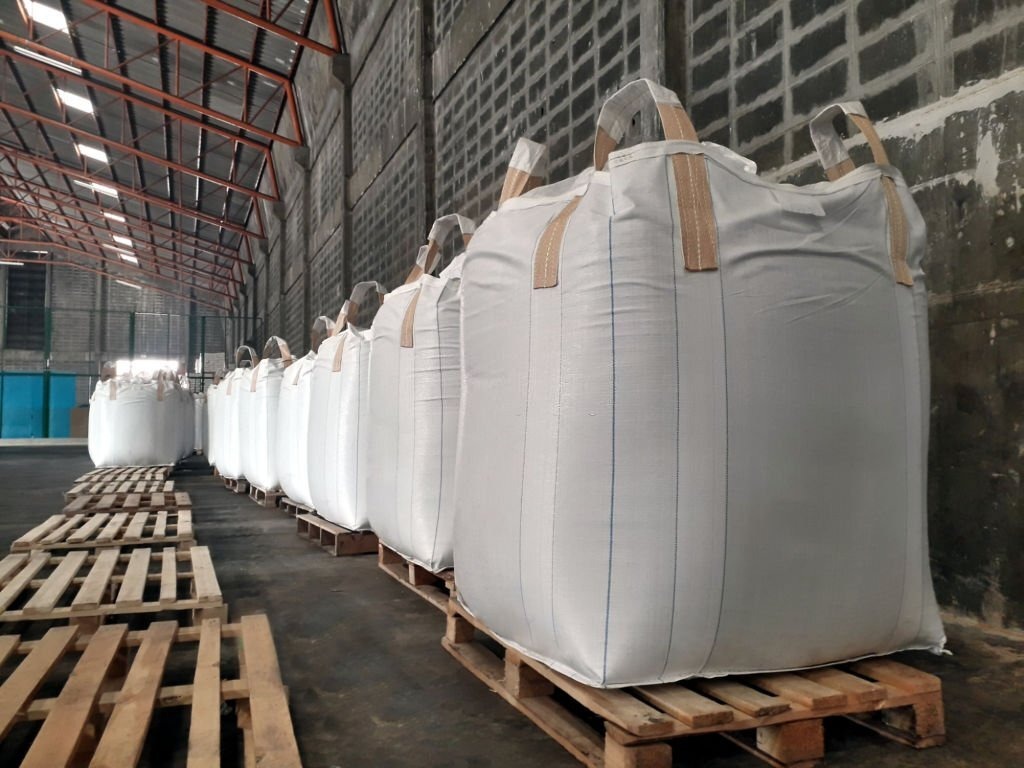DEVELOPING RICE IN AN EFFECTIVE AND SUSTAINABLE WAY
DEVELOPING RICE IN AN EFFECTIVE AND SUSTAINABLE WAY
In the context that agriculture is being promoted, restructuring the rice industry towards improving efficiency and sustainable development is a necessary direction. With the following objectives: To fully meet domestic consumption demand, to ensure national food security; improve quality, nutritional value, ensure food hygiene and safety; forming and improving the efficiency of the rice value chain; improve farmers' income and benefits for consumers; rice exports of high quality and value. From monoculture of rice to diversifying crops and developing commodity agriculture.
In 2000, the rice cultivation area accounted for a high proportion with 66.4% of the total cultivated area of all kinds of crops, in 2010 it decreased to 53.3%, a decrease of 13.1 percentage points compared to 2000, in 2020 continued to decrease to 50.3%, down 16.1 percentage points. The rice cultivation area is reduced, but instead, the certified rice variety is used with a diversified farming process, adapted to weather conditions, so it has a stable high yield and meets market requirements. Increase the proportion of high quality rice with great export value. In 2020, white rice usually exported only about 40% of the total turnover; fragrant, high-quality rice accounts for about 40% of export turnover. The restructuring has also promoted crossbreeding and selection. For the first time, Vietnam has a fragrant rice variety that won the title of the best rice in the world, which is ST25 rice.

The rice area in 2020 is estimated at 7.28 million hectares, down 192 thousand hectares compared to the previous year due to the change in production structure and land use purpose; rice yield was estimated at 58.7 quintals/ha, an increase of 0.5 quintals/ha. Due to the decrease in cultivated area, rice production was estimated at 42.69 million tons, down 806.6 thousand tons. Thus, the rice production in 2020 is lower than that of 2019 mainly due to the reduction of the cultivated area due to the impact of drought, salinity intrusion and land use purpose change, crop structure conversion, and conversion. season but marked a successful year of rice production with higher yields than the previous year in all seasons. Rice production decreased but fully met the needs of domestic consumption, processing and export. Rice production continues the trend of increasing the use of high-quality rice varieties to over 74% (higher than 50% in 2015) to enhance the value of "Vietnamese rice brand". The proportion of high-quality rice accounting for over 85% of exported rice has contributed to raising the average export price of rice from $440/ton in 2019 to $496/ton in 2020.
In 2021, the rice area for the whole year will reach 7.24 million hectares, down 38.3 thousand hectares compared to the previous year due to the change in production structure and land use purposes, but the rice yield is at a high level of 60 percent. 6 quintals/ha, an increase of 1.8 quintals/ha. Rice production in 2021 will increase by 1.1 million tons compared to 2020, continue to meet domestic consumption demand, ensure food security, serve processing and export. Rice exports in 2021 will reach 6.2 million tons, equivalent to 3.3 billion USD, up 5% compared to 2020, in which the proportion of high-quality rice accounts for over 89%, the export price of rice increases from 496 USD/ton. in 2020 to 503 USD/ton in 2021.
There are successes in rice production, besides the close direction and timely response to the complicated changes of the weather in order to regulate the crop properly. Over the past time, the rice industry has also had a strong transformation in the direction of implementing advanced rice production processes that have been effectively applied in many localities. Accordingly, at present, most rice growing households have applied the "one right, one year reduction" program - ie: Must use certified rice varieties and implement the reduction year: Reduce the amount of seed sown, reduce fertilizer , reduce irrigation water through alternate flooding - dry techniques, reduce the number of times of pesticide use, and post-harvest losses. This is considered a key strategy to improve the sustainability of the rice production industry in Vietnam; The program "three reductions, three increases" - reduce the amount of seeds, reduce pesticides and reduce fertilizers but still increase productivity, increase economic efficiency and increase product quality.
Along with that, the Agriculture sector always urges localities to mobilize all resources of labor and machinery to make land and sow to ensure seasonality; step up investment, plant intensive farming, closely inspect and manage water sources from irrigation works, use irrigation water sources to ensure economical and efficient use and have a plan to store water to serve production. In addition, the Ministry of Agriculture and Rural Development is also directing localities to implement integrated pest management (IPM) projects, projects related to biological measures used in agricultural production. to ensure towards clean agriculture, organic agriculture. These are the right directions to help Vietnam's rice production grow and achieve recent successes.
Source: Collector




